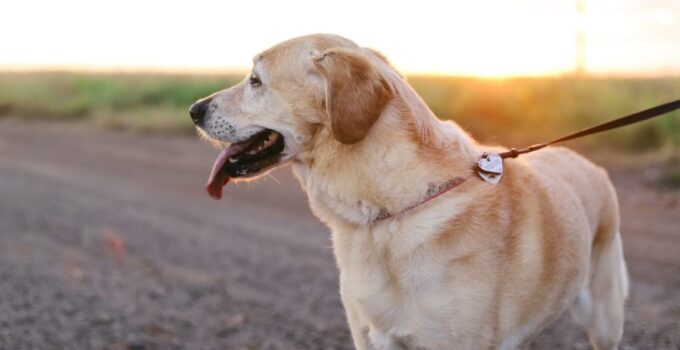9 Steps To Getting Your Dog To Walk Calmly With You
When you are walking your dog, you want to be able to know they will be calm and well behaved on the lead.
If you are not sure how to get your rescue dog or puppy to that stage, follow this guide.
Step 1 – Find A Treat Your Dog Likes
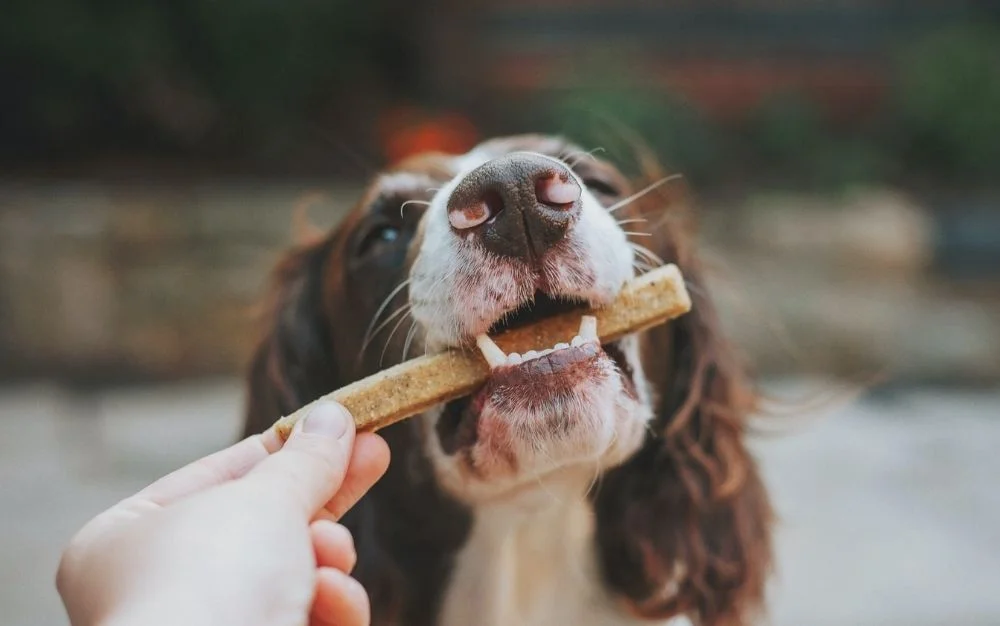
Source: popsci.com
Dogs respond a lot better to positive reinforcement compared to the negative kind. So, treats and praise are going to be your secret weapon during this process.
You will want to find something that your dog loves, but isn’t too bad for them.
Try to avoid treats like hot dogs and cheese – think about kibble or veggies instead.
Once you have worked out what treats they are more interested in, pack some up for your walk, and let’s move on to their lead.
Step 2 – Get The Right Lead
Let’s talk about whether you should put your dog in a harness or on a lead.
Dogs tend to be better behaved when they are on a lead, however, if your dog is really strong then you might want to consider putting them on a harness.
It is also worth considering a harness if your dog won’t stop pulling. You don’t want them to pull too hard on the lead and choke on it. This is quite common with excitable dogs like Labradors and Jack Russles.
You can find more information on breeds at Petdt.
You don’t want your dog to do any damage to its windpipe.
Step 3 – Pick The Right Time Of Day To Walk

Source: unsplash.com
When you are training your dog to walk on the leash, you are going to need to think carefully about when you take your dog for their practice walks.
When you first start practicing, you are going to want to go out at a time when there aren’t many other dogs around. Especially, if your dog is reactive to other dogs.
As time goes on you can start practicing when there are other dogs about. But don’t push your dog too far too quickly.
Start by walking early in the morning or later in the evening – as long as it is safe for you to do.
Step 4 – Pick The Right Route
Another thing you want to consider when practicing getting your dog to walk on a leash is to pick the right route to walk them on.
If you are worried about them pulling or getting out of control then you will want to avoid busy roads where you can. If your dog likes to chase squirrels then you might want to avoid the areas near your home where they live.
You may find that finding an open space will work well for you. Or if your dog is easily distracted, you might find an enclosed space or an alleyway more helpful.
Step 5 – Practice Recall At Home
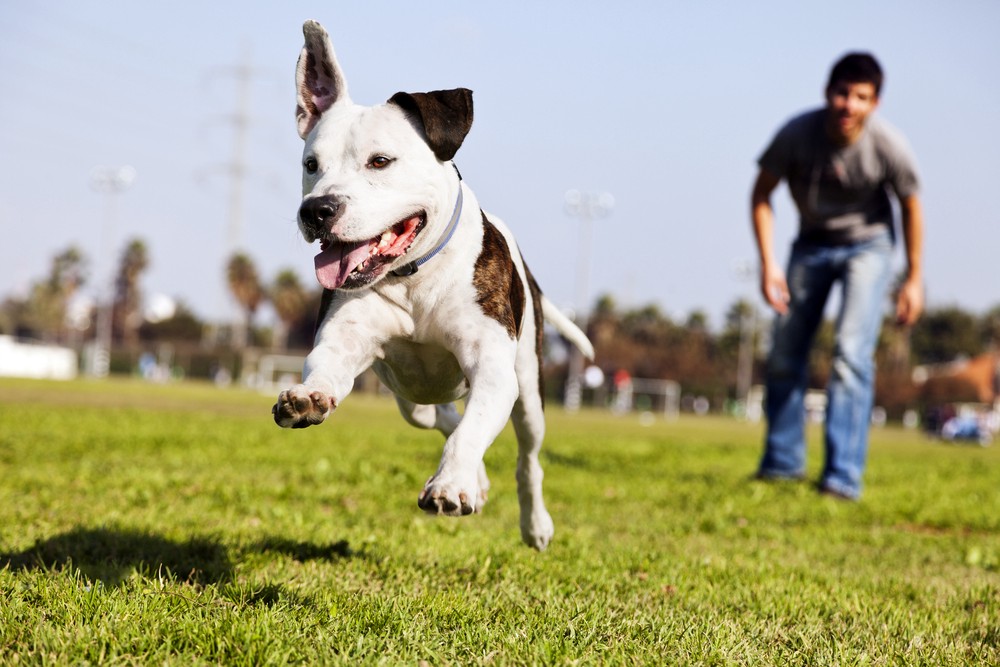
Source: medium.com
Before you go out on your walk every day (or twice a day if you have a working dog), you should practice recalling with them.
This means you let them walk a little bit away from you before calling them back. Getting them in the habit of working on their recall before they leave for the walk will make your job easier when you are out there.
In the long run, your dog will be a lot better on the leash once they have mastered being recalled. It will also help you to feel more relaxed when you are out with them.
Step 6 – Start With The Short Lead
The first step to getting your dog to walk well on the leash is getting them used to walk to heel.
When you first start training them, you should give them no option but to walk to heel. You can do this by keeping their leash very short. If there is no slack in the lead then they cannot run off and they are less likely to pull as well.
When they do try to pull, tell them no in a calm voice and give a gentle pull on the lead. This will help them to stay focused.
Step 7 – Lengthen The Lead
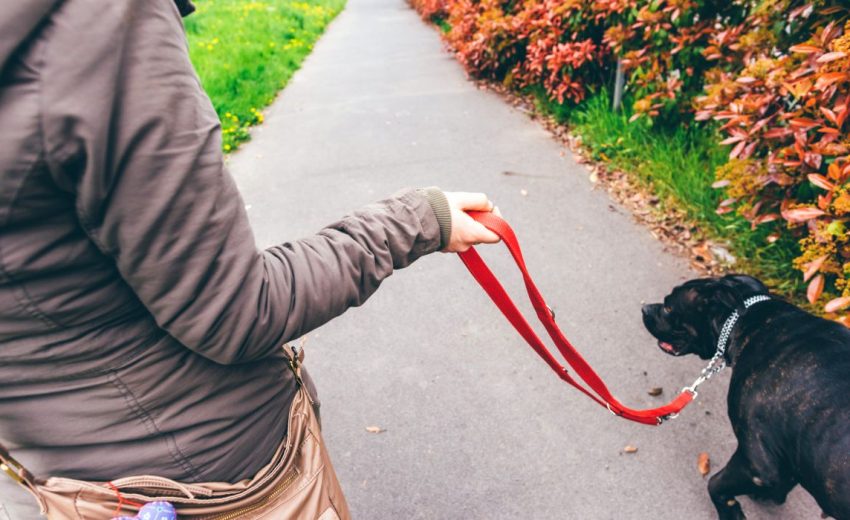
Source: k9ofmine.com
Once your dog has mastered walking to heel on a short lead you can start to give them a little more slack.
Repeat the same process as above – take them on a quiet walk where there aren’t too many distractions.
If they start to pull or get distracted then tell them no. Ask them to come back to you and give a gentle pull on the leash if they don’t.
Over time, you can give your dog more and more slack on the leash.
Step 8 – Make Sure Other Members Of Your Family Are Keeping The Message Consistent
One of the reasons we think our dogs are badly behaved is because as a family unit we don’t give them a clear message.
Before you start training your dog, it is important that you sit down with everyone who will be walking the dog and explain to them your training plan. This way everyone will be on the same page.
If everyone is doing the same thing with the dog then the pooch will understand what is expected of it and will learn to walk well on a leash a lot quicker.
Lack of consistency will only make your job harder.
Step 9 – Remember Progress Isn’t Always Linear
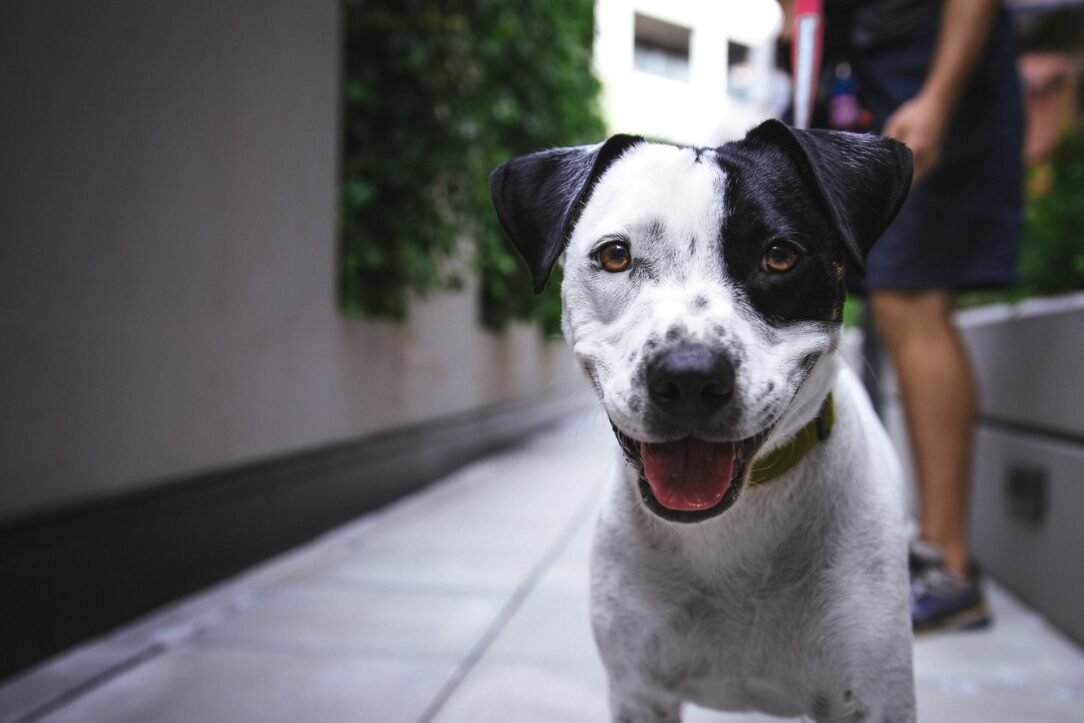
Source: unsplash.com
The final thing you need to remember is not to be disheartened if your dog doesn’t always walk well on a lead.
Just like humans, sometimes dogs have days when they are more excitable or are in a bad mood. These days they may not be as well behaved as they usually are.
Progress isn’t linear, especially when it comes to dogs – so don’t let one bad walk get you down. As long as you are generally moving in the right direction there is nothing to worry about.

